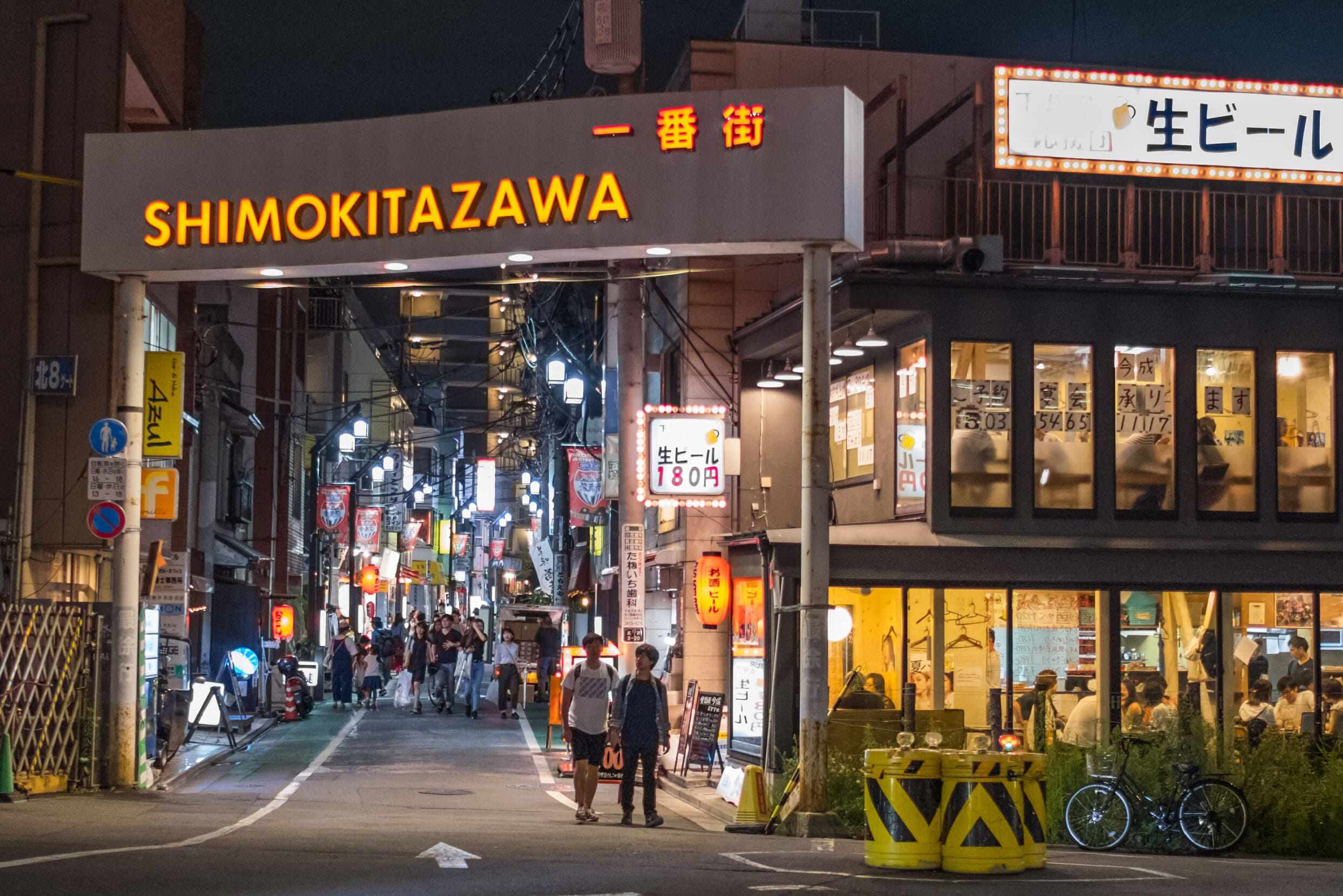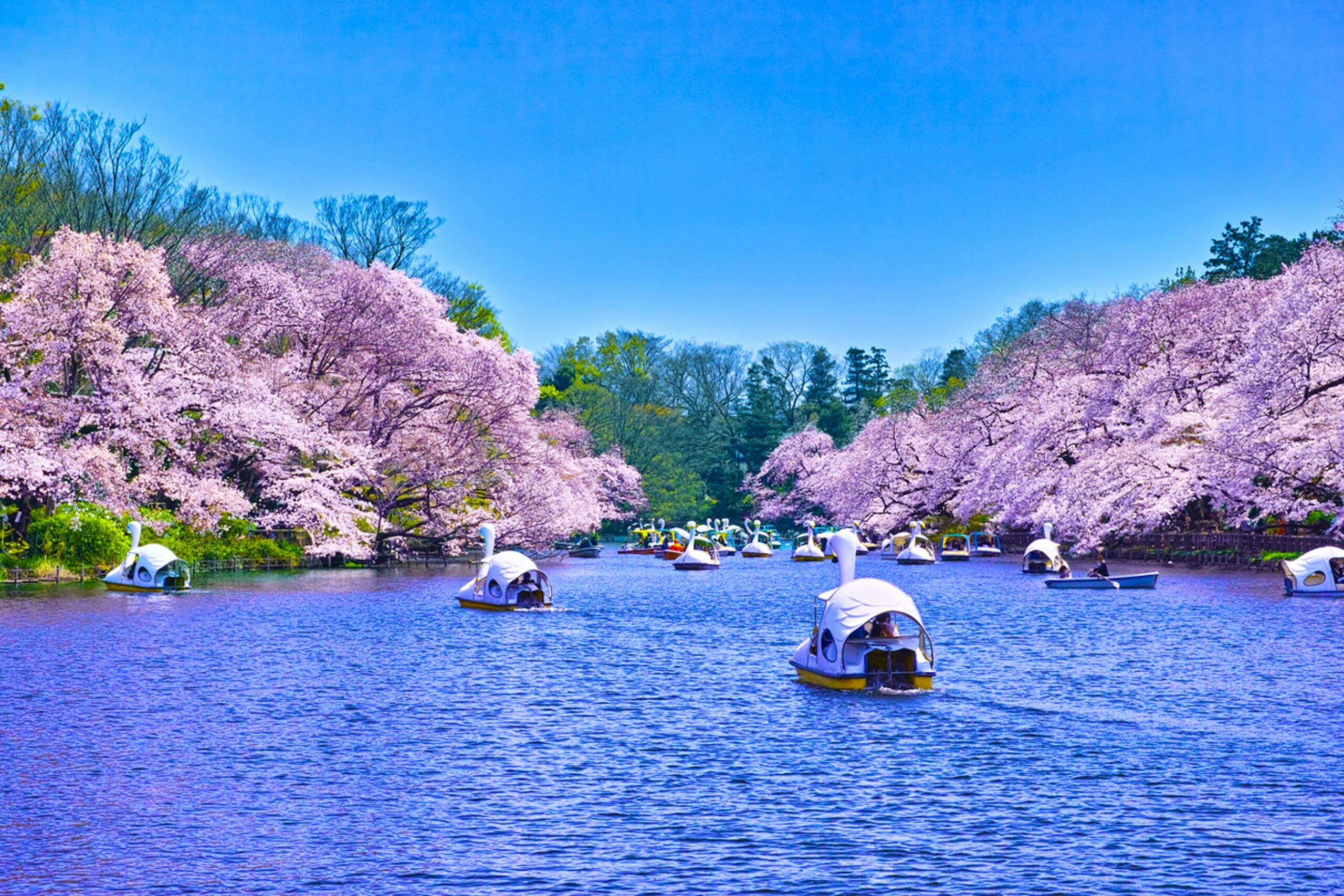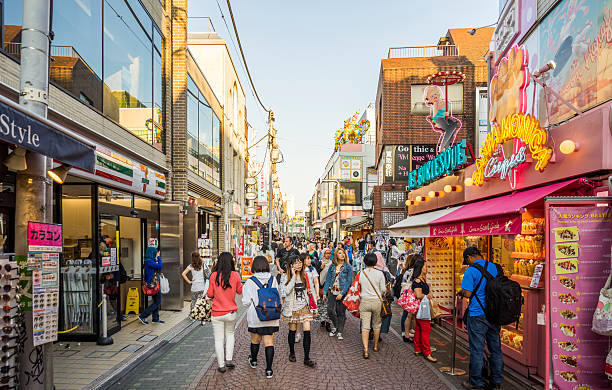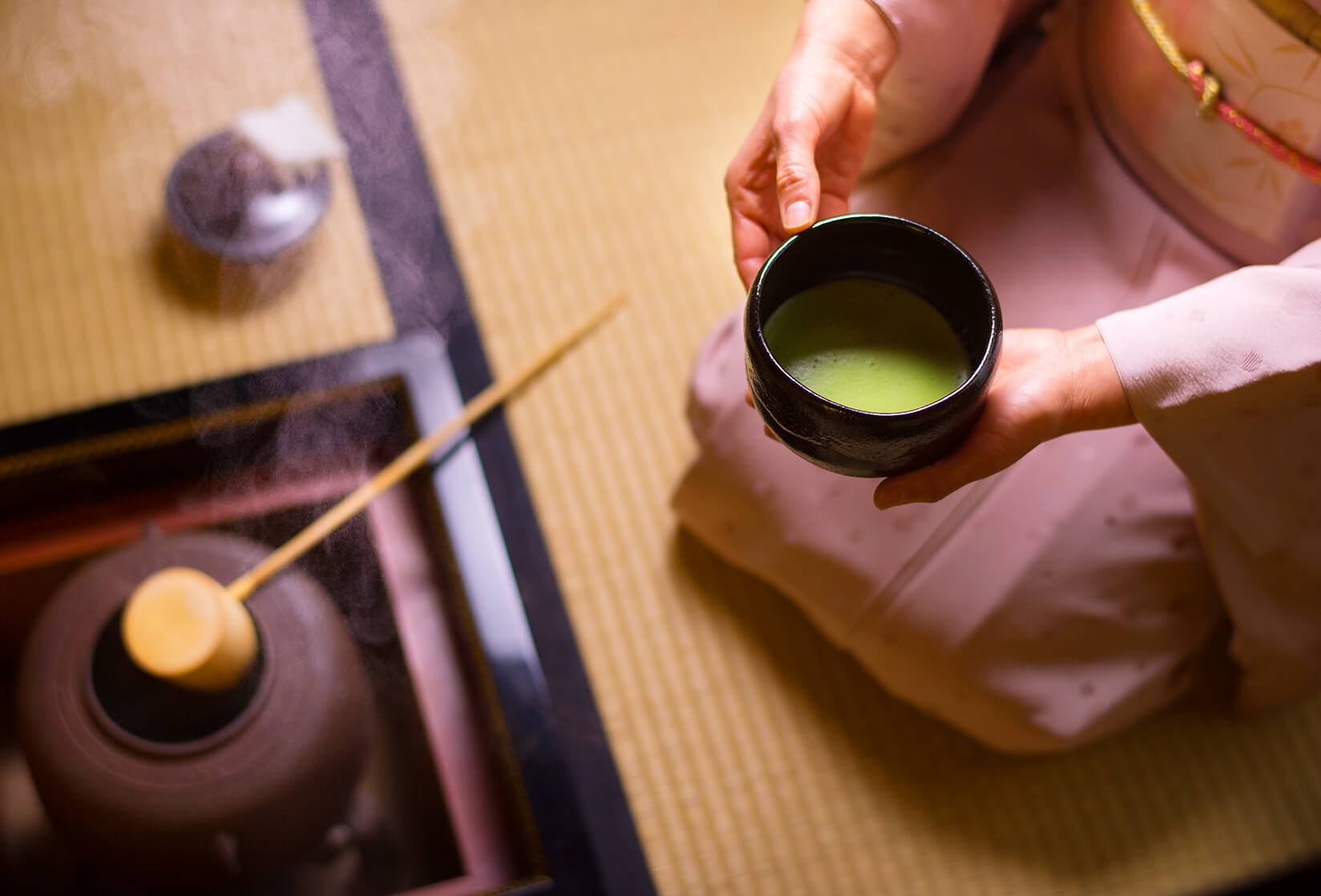
In the peaceful corners of Japan’s clamoring urban areas and quiet open country, conventional tea houses stand as immortal safe-havens, protecting the craftsmanship and substance of Japanese tea culture. Undeniably something other than a refreshment, tea holds a significant importance in Japanese society, representing cordiality, congruity, and care. Go along with us on an excursion to investigate the rich customs and ceremonies of Japanese tea culture as we dive into the universe of customary tea houses.
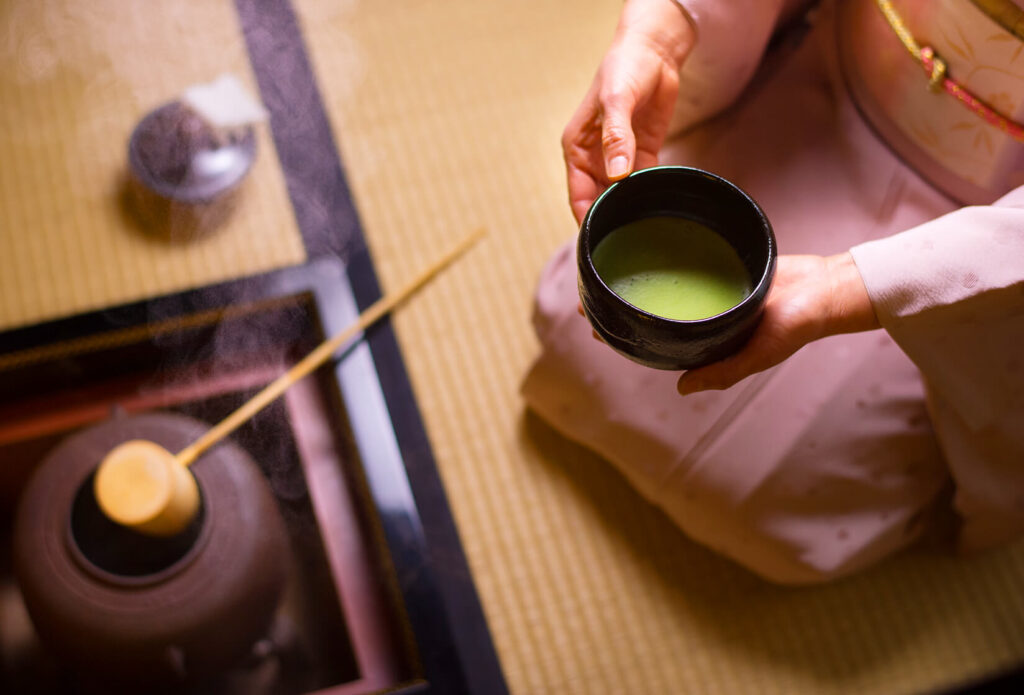
The Pith of Japanese Tea Culture:
Established in Harmony Buddhism and affected by Chinese tea rehearses, Japanese tea culture is saturated with extremely old traditions and ways of thinking. At its center lies the idea of “wa kei sei jaku” (agreement, regard, immaculateness, serenity), which stresses the significance of care, regard for nature, and amicable collaborations with others.
Tea functions, known as “chanoyu” or “sado,” are a foundation of Japanese tea culture, giving a stage to experts to interface with one another and the normal world through the common experience of tea readiness and utilization. From the fastidious course of action of utensils to the exact developments of the tea ace, each part of the tea function is permeated with expectation and imagery.
Investigating Conventional Tea Houses:
Conventional tea houses, or “chashitsu,” act as the setting for tea services, offering a tranquil and thoughtful space for visitors to get away from the mayhem of the rest of the world and submerge themselves in the craft of tea. Planned considering straightforwardness and concordance, tea houses frequently highlight moderate design, tatami mat floors, and sliding paper entryways, bringing out a feeling of serenity and love.
One of the most eminent styles of customary tea houses is the “chashitsu” of the Japanese tea ace Sen no Rikyu, who is credited with advocating the tea function in the sixteenth hundred years. Rikyu’s tea houses, for example, the famous Tai-An in Kyoto, exemplify the standards of wabi-sabi, a stylish way of thinking fixated on flaw, temporariness, and straightforwardness.
Tea Assortments and Ceremonies:
In Japanese tea culture, a few assortments of tea are respected for their unmistakable flavors, fragrances, and medical advantages. The most popular of these is matcha, a finely ground green tea powder that is sped into foamy flawlessness during the tea function. Matcha is valued for its dynamic green tone, rich surface, and natural flavor, making it a darling drink among tea lovers around the world.
Another famous tea assortment is sencha, a steamed green tea that is delighted in regular settings, from easygoing social events with companions to formal events. Sencha is known for its invigorating taste and green connotations, making it the ideal backup to flavorful bites and sensitive desserts.
Tea Service Behavior:
Partaking in a conventional Japanese tea function isn’t simply an issue of tasting tea; a profoundly arranged custom requires care, tolerance, and regard for custom. Visitors are supposed to notice specific behavior, for example, bowing to the tea ace after going into the tea house, filtering their hands and mouths with water prior to drinking tea, and appreciating each taste with appreciation and love.
The tea ace, or “chado,” assumes a focal part in the tea service, directing visitors through each phase of the custom with effortlessness and accuracy. From the planning of the tea to the serving of desserts, each development is painstakingly coordinated to make a feeling of concordance and equilibrium.
Safeguarding Japanese Tea Culture:
Regardless of the modernization of Japanese society, customary tea culture remains profoundly imbued in the public cognizance, loved as an image of Japanese personality and legacy. All through the nation, committed tea aficionados and professionals work enthusiastically to safeguard and advance the specialty of tea, sorting out studios, presentations, and far-reaching developments to instruct people in the future about its importance.
Lately, there has been a reestablished interest in Japanese tea culture both locally and universally, with a rising number of individuals searching out genuine tea encounters and distinctive tea items. Whether it’s going to a tea service, visiting a tea manor, or just partaking in some newly blended matcha, the charm of Japanese tea culture proceeds to enamor and move tea darlings all over the planet.
Conclusion:
In a speedy reality where time appears to get past us like water, Japanese tea culture offers an immortal shelter, welcoming us to dial back, relish the experience, and value the excellence of straightforwardness. From the peaceful serenity of customary tea houses to the exquisite ceremonies of the tea service, the specialty of tea helps us to remember the significance of care, association, and concordance in our regular routines.



